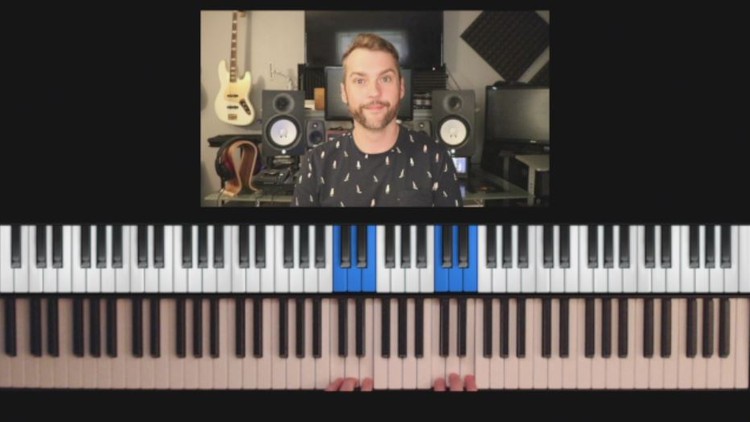
Start with the basics!
What you will learn
What is solfege
A brief history of solfege
How to best apply solfege as a modern musician
How to use solfege to start major and minor scales
How solfege can be used to better understand/write melodies
Develop your ear and musicianship
Description
Have you ever wondered how to think of melodies in a way where you can make sense of the notes?
Are you sick of melodic information being vague and unfamiliar?
Are you looking to expand your musicianship and learn the vocabulary of solfege to help you gain context for your melodic decisions?
You’ve come to the right place!
We’re going to start off very simple in this course and just cover Do-Re-Mi and Do-Re-Me. In other words, the first 3 notes of major and minor scales. Building these courses in small chunks allows students to saturate in each scale’s environment, learning it’s colors and characteristics, and then expanding their knowledge with each additional course.
This preliminary course offers all of the information you’ll need before progressing into the full beginners series of solfege and ear training. From discussing what solfege is at it’s core, to delving into it’s history, and recommending how to apply solfege, this course isn’t all about the technical and theoretical side of solfege, but rather a more broad look at solfege in it’s most beginner stages.
Designed to teach absolute beginners, or help fill in some knowledge of intermediate level students, this course is worth going through even if you think you know the basics well. You never know which rock you’ll overturn to find out something new within this vast topic of solfege!
‘;
}});
Solfege helped me personally as a musician, as it gave me a language to make sense of how I was coloring my jazz chords as a pianist, and gave me an understandable vocabulary as a soloist so that my improvisations had intent and confidence behind them. Solfege is now always available to me to better understand and demystify the music I listen to, as well as inform my decisions as a composer and performer.
You don’t have to be a pro singer to take these courses, BUT being able to sing on pitch is a solid benefit. You can think of understanding pitch sort of like understanding a language. If you only ever read it or think it, you can still understand it, but as you get speaking it your understanding of the language becomes more developed and confident. So, even if you don’t sing well, at least try your best during the ear test portions.
This course is NOT a course on sight singing. While the material covered will certainly help you improve your ability to sight sing, providing you have separate instruction as to how to develop that specific skill, these classes will not cover any form of music notation at this stage. From taking these courses you will eventually be able to understand note selection in melodies of songs you hear, and have more confidence when writing your own melodies. However, singing music off of a staff will not be developed until later courses.
So, if you’re ready to demystify melodies, improve your musicianship, and improve your understanding of scales and solfege, then this course is the perfect starting point.
